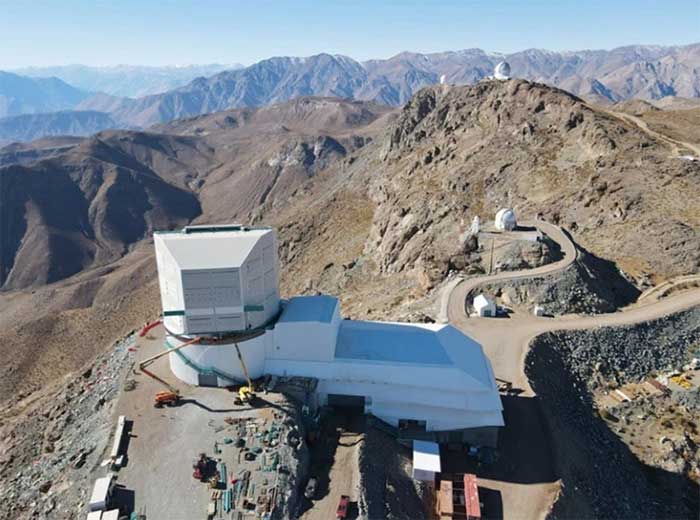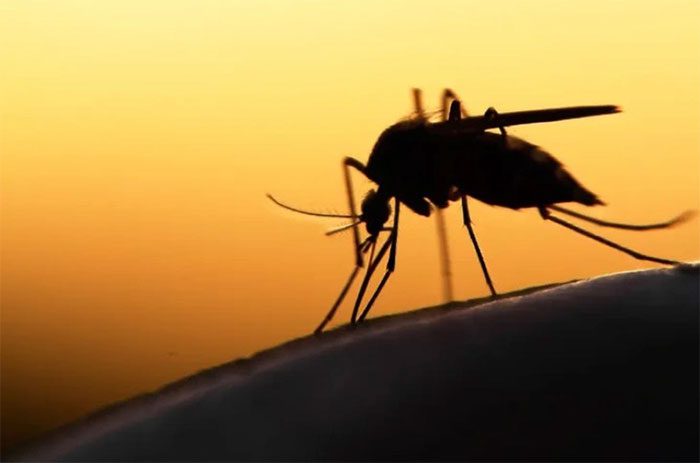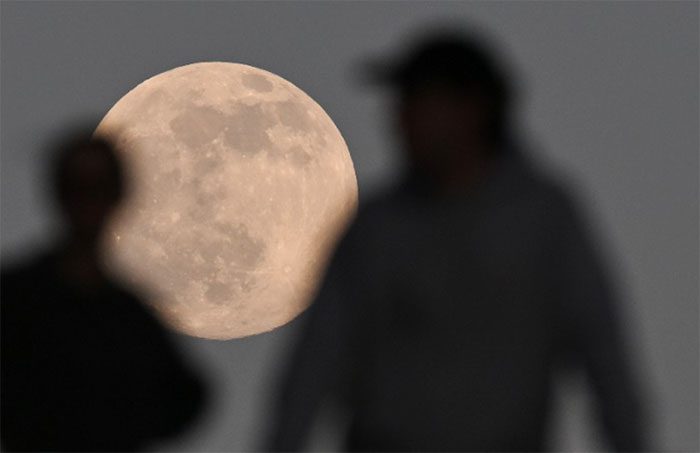Advanced AI tools, lunar missions, and ultra-fast supercomputers are among the highly anticipated developments in 2024, as highlighted by Nature magazine.
Significant Advances in Artificial Intelligence (AI)
ChatGPT emerged as a groundbreaking scientific event that significantly impacted various sectors in 2023. The next generation of ChatGPT, GPT-5, is expected to be released by OpenAI at the end of 2024, promising numerous surprises.
Scientists are also closely monitoring Google’s deployment of Gemini, a competitor to ChatGPT.
Meanwhile, DeepMind plans to release a new version of AlphaFold in 2024. This system is used by researchers to predict the 3D shape of proteins with high accuracy.
It has the capability to model interactions between proteins, nucleic acids, and other molecules—opening new possibilities in drug design and discovery.
Reaching for the Stars

The Vera C. Rubin Observatory will conduct a 10-year survey of the Southern Hemisphere sky – (Photo: AURA).
The Vera C. Rubin Observatory in Chile is set to begin operations on some of its instruments by the end of 2024. It will conduct a 10-year survey of the entire Southern Hemisphere sky.
Also in Chile, the Simons Observatory in the Atacama Desert is expected to be completed by mid-2024. This next-generation cosmological experiment searches for signs of primordial gravitational waves—remnants of the Big Bang—in the cosmic microwave background.
Genetically Engineered Mosquitoes

5 billion mosquitoes infected with bacteria will be produced in the next decade – (Photo: DIGITALTRENDS).
The World Mosquito Program will begin producing disease-resistant mosquitoes at a facility in Brazil in 2024.
These mosquitoes are engineered to carry a bacterium that prevents them from transmitting viruses, potentially protecting up to 70 million people from diseases such as dengue and Zika.
This nonprofit organization plans to produce up to 5 billion bacteria-infected mosquitoes annually over the next decade.
New Vaccines to Prevent Pandemics
As the world moves past the emergency phase of the COVID-19 pandemic, the US government is funding trials for three next-generation vaccines.
Two of these vaccines are nasal sprays designed to create immunity in respiratory tissues. The third is an mRNA vaccine that boosts antibody levels and T-cell responses.
Lunar Mission

NASA plans to return humans to the Moon later this year – (Photo: AFP).
For the first time since the 1970s, NASA is launching a crewed lunar mission. Artemis II is expected to launch shortly after November 2024, carrying four astronauts—three men and one woman—on a 10-day flight around the Moon aboard the Orion spacecraft.
Artemis II will lay the groundwork for the subsequent Artemis III mission, which aims to land two astronauts on the Moon.
China is also preparing to launch the Chang’e 6 mission to bring back lunar samples in 2024.
In 2024, NASA will send the Clipper spacecraft to Jupiter’s moon Europa.
Illuminating Dark Matter
Results from an experiment detecting dark matter particles called axions are expected to be revealed in 2024.
Axions are believed to be emitted from the Sun and converted into light, yet these incredibly small particles have not been experimentally observed due to the need for highly sensitive detection tools and extremely strong magnetic fields.
2024 will also be the year when scientists determine the mass of the neutrino—the most mysterious particle in the standard model of particle physics.
Supercomputers
At the beginning of 2024, researchers will utilize Europe’s first exascale supercomputer. This colossal machine can perform a quintillion calculations per second.
Researchers will employ the exascale computer to create digital twins of the human heart and brain for medical purposes and to run high-resolution simulations of Earth’s climate.


















































